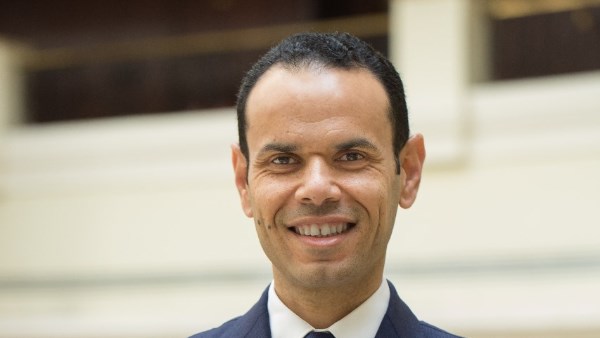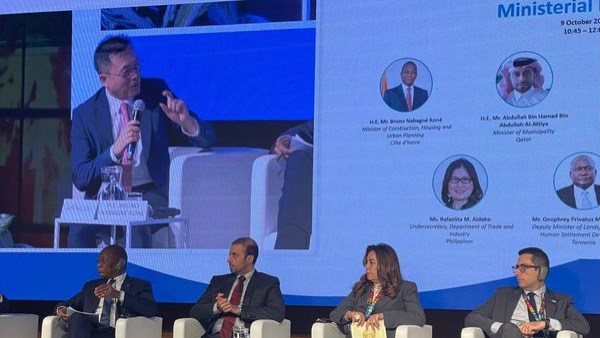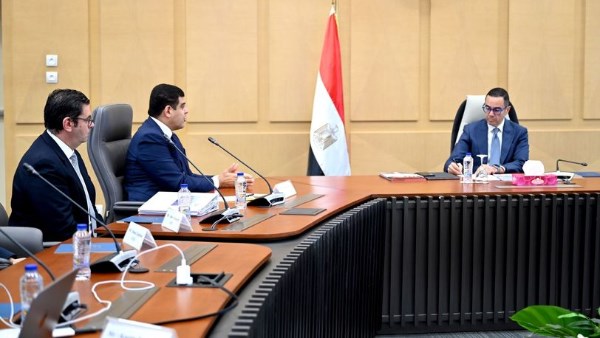MENA construction industry gathers momentum in 2021

The construction industry continued to maintain momentum in 2021, with a strong finish to the year being a highlight, according to JLL’s newly-released MENA Construction Economics and Cost Insight Review.
The report shows there were $156bn worth of projects awarded during 2021 across the MENA region as widespread enhancements to the construction sector and digital transformation continued to drive growth in the region.
The Egypt, KSA and UAE announcements of their planned 2022 government spending is also expected to be a catalyst for growth. The report also identifies new trends over the past two years and a shift in societal behaviours could lead to future development opportunities.
“We believe the pandemic has prompted a change in mindset and envisage clients and developers alike will look for a change in their project processes, which in turn will lead to new or revived strategies to promote project success,” said Gary Tracey, Head of Cost Management-Project & Development Services, JLL MENA.
“We also expect market sentiment will continue to improve as commodity prices stabilize over the course of 2022.”
Key takeaways from the report include:
·Economics - The continuation of business and leisure activities to pre-pandemic levels will continue to encourage economic growth within the region. Egypt’s headline Purchasing Managers Index (PMI)1increased to 49.0 in December. The UAE’s PMI for November reached 55.9 - the highest reading since June 2019.
·Projects - KSA represented the highest value of awarded projects for 2021 with a recorded $41.3bn. The residential sector was consistently the busiest market across Egypt, KSA and UAE. The total infrastructure awards in 2021 for Egypt was $6.9bn, while KSA infrastructure totaled $3bn and $973m for the UAE.
·Commodities (metals) - Throughout 2020 and 2021 metal prices were susceptible to volatile changes within the market triggering prominent price increases. This was closely linked to global demand and logistic constraints caused by the pandemic. Increasing transportation costs from higher fuel prices also impacted material costs in the region.




















